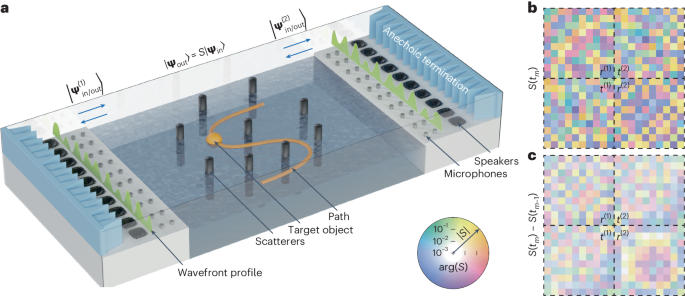2024-06-25 アルゴンヌ国立研究所(ANL)
<関連情報>
- https://www.anl.gov/article/not-all-calcite-crystals-are-as-perfect-as-they-appear
- https://onlinelibrary.wiley.com/doi/full/10.1002/adma.202310672
3次元干渉X線回折イメージングによる非古典的結晶化によるカルサイト内部のナノ結晶性の可視化 Visualizing the Internal Nanocrystallinity of Calcite Due to Nonclassical Crystallization by 3D Coherent X-Ray Diffraction Imaging
Ana F. Suzana, Sang Soo Lee, Irene Calvo-Almazán, Wonsuk Cha, Ross Harder, Paul Fenter
Advanced Materials Published: 25 April 2024
DOI:https://doi.org/10.1002/adma.202310672

Abstract
The internal crystallinity of calcite is investigated for samples synthesized using two approaches: precipitation from solution and the ammonium carbonate diffusion method. Scanning electron microscopy (SEM) analyses reveal that the calcite products precipitated using both approaches have a well-defined rhombohedron shape, consistent with the euhedral crystal habit of the mineral. The internal structure of these calcite crystals is characterized using Bragg coherent diffraction imaging (BCDI) to determine the 3D electron density and the atomic displacement field. BCDI reconstructions for crystals synthesized using the ammonium carbonate diffusion approach have the expected euhedral shape, with internal strain fields and few internal defects. In contrast, the crystals synthesized by precipitation from solution have very complex external shapes and defective internal structures, presenting null electron density regions and pronounced displacement field distributions. These heterogeneities are interpreted as multiple crystalline domains, created by a nonclassical crystallization mechanism, where smaller nanoparticles coalescence into the final euhedral particles. The combined use of SEM, X-ray diffraction (XRD), and BCDI allows for structurally differentiating calcite crystals grown with different approaches, opening new opportunities to understand how grain boundaries and internal defects alter calcite reactivity.



